Help With Rose I.D.
SusieQsie_Fla
11 years ago
Related Stories

EXTERIORSHelp! What Color Should I Paint My House Exterior?
Real homeowners get real help in choosing paint palettes. Bonus: 3 tips for everyone on picking exterior colors
Full Story
ENTRYWAYSHelp! What Color Should I Paint My Front Door?
We come to the rescue of three Houzzers, offering color palette options for the front door, trim and siding
Full Story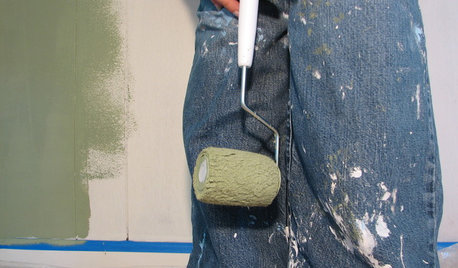
PAINTINGHelp! I Spilled Paint on My Clothes — Now What?
If you’ve spattered paint on your favorite jeans, here’s what to do next
Full Story
DECLUTTERINGDownsizing Help: How to Edit Your Belongings
Learn what to take and what to toss if you're moving to a smaller home
Full Story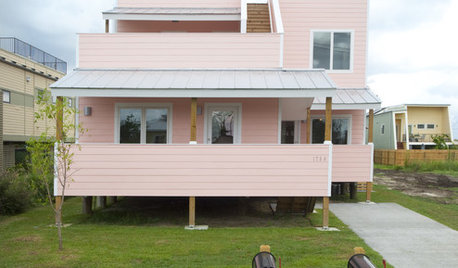
CONTEMPORARY HOMESFrank Gehry Helps 'Make It Right' in New Orleans
Hurricane Katrina survivors get a colorful, environmentally friendly duplex, courtesy of a starchitect and a star
Full Story
COLORPick-a-Paint Help: How to Quit Procrastinating on Color Choice
If you're up to your ears in paint chips but no further to pinning down a hue, our new 3-part series is for you
Full Story
COLORPick-a-Paint Help: How to Create a Whole-House Color Palette
Don't be daunted. With these strategies, building a cohesive palette for your entire home is less difficult than it seems
Full Story
PETS6 Ways to Help Your Dog and Landscape Play Nicely Together
Keep your prized plantings intact and your dog happy too, with this wisdom from an expert gardener and dog guardian
Full Story





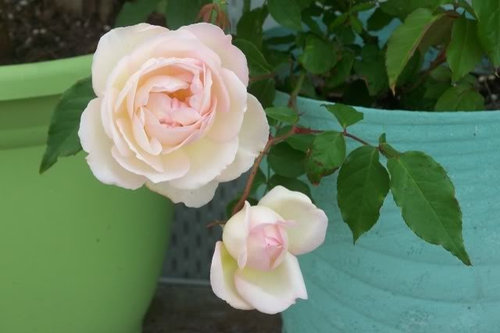

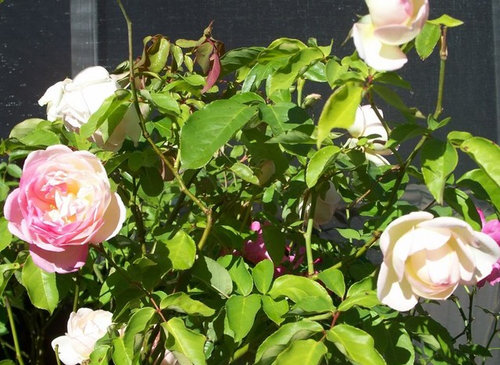
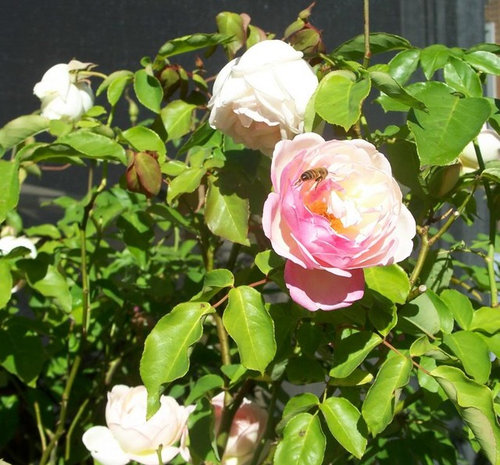



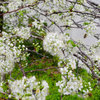
thonotorose
SusieQsie_FlaOriginal Author
Related Professionals
Ferndale Landscape Architects & Landscape Designers · Rancho Palos Verdes Landscape Architects & Landscape Designers · Roxbury Crossing Landscape Architects & Landscape Designers · Mission Viejo Landscape Contractors · Oviedo Landscape Contractors · South Hackensack Landscape Contractors · Quartz Hill Landscape Contractors · Norridge Landscape Contractors · Alexandria Decks, Patios & Outdoor Enclosures · Clemmons Decks, Patios & Outdoor Enclosures · Diamond Bar Decks, Patios & Outdoor Enclosures · Gladstone Decks, Patios & Outdoor Enclosures · Hull Decks, Patios & Outdoor Enclosures · Westford Decks, Patios & Outdoor Enclosures · Iowa City Siding & Exteriorsthonotorose
jerijen
AquaEyes 7a NJ
thonotorose
AquaEyes 7a NJ